Bioethics Forum Essay
Hacking Ventilators in a Pandemic
The Covid-19 pandemic continues to test and occasionally overwhelm health care institutions, leading to shortages of resources, including ventilators in some areas. Many practitioners may face the ethically challenging scenario of having to ration ventilators while triaging patients in “crisis care.”
Ventilator shortages have led to innovative ventilator design “hacks.” Physicians have adapted single ventilators to support multiple patients during Covid-19. Engineers and others have also designed alternative ventilator systems with self-inflating resuscitation bags. The automotive industry has ventured into improvised ventilator manufacturing to bolster shortages of the medical system. While it is unclear how often physicians have resorted to these alternative modes, all have been reported to some small degree during the pandemic.
The effort speaks to the ethos and ingenuity of our communal spirit. That noted, these innovations are unlikely to meet Food and Drug Administration specifications for ventilators used in normal care Concerns have been raised regarding the shared multipatient ventilator modifications, and some medical groups have called for a moratorium on them, even if this means that the sickest patients receive only palliative care. The fear is that, rather than providing care to a greater number of patients, these systems could lower the quality of care provided to all, unintentionally causing more harm than good. The U.S. Public Health Service Commissioned Corps issued a statement in support of shared ventilator systems in an attempt to maximize the number of patients cared for—while also offering limited technical guidance and describing the use of shared of ventilators as a treatment of last resort.
In crisis conditions, physicians are necessarily torn between the principle of beneficence and that of “doing no harm” as they attempt to provide quality care to the greatest number. It is important to think critically about the deployment of all improvised ventilator systems—not simply the multipatient adaptations—and to consider when they might be ethically used in patient care. Whatever their design, these improvised systems are, by nature, unfamiliar and untested, and they lack many of the features and capabilities available in state-of-the art ventilators.
That said, creative physicians can work around the design limitations to optimally support life, as was done with one of the first bridge ventilators made by an auto manufacturer. It is only through the combination of thoughtful innovation and rigorous review of the failures that we can best minimize harm and provided ethical care for the greatest number of patients. To that end, we offer a framework for the ethical use of improvised ventilator systems.
- Improvised, emergency, or hacked ventilator systems should initially be deployed under the direction of hospital triage committees with the explicit goal of both allocating the improvised system to the sickest patients and attempting to provide the highest standards of care for the greatest number of patients during a crisis. Restricting use of these ventilators to triage conditions allows for the continued support of a greater number of patients while also allowing for a “compassionate” alternative to those who would otherwise be triaged to palliative care.
- The initial deployment of improvised ventilator system should not be to care for non-Covid-19 patients, even if it seems that they can be supported with the lesser technology. There is still much about the optimal critical care of Covid patients that is unknown and, as such, triaging of innovation ought to be limited to them. Shared risk is an obvious design hurdle for multiple patients who are placed on a single ventilator and an example as why all patients on a shared ventilator must be placed there only under triage.
- When initially deploying an improvised ventilator system, it should be allocated with the mindset of compassionate use. This implies that the therapy is unlikely to reach normal standards of care, but that it still has the potential to salvage a life that might not otherwise survive. Compassionate interventions do not increase overall harm, but they may provide some comfort to family members knowing that extraordinary efforts were made in difficult times. We can take ethical guidance from other systems of compassionate use, including examples from the Covid-19 pandemic, in which certain unapproved medications have been given outside of clinical trials when no alternative was available. Innovative, shared, or bridge ventilator systems may similarly be ethically deployed to patients when there is no traditional ventilator option available.
- Consent should not be sought for ventilator allocation in initial triage conditions, as consent implies a viable choice—something not available under the mandate of a triage committee. A patient or surrogate should be informed that, due to the triage process, the patient has been allocated an emergency ventilator in an attempt at continued compassionate and hopeful care, but that if the emergency ventilator had not been available the patient’s only option would have palliative care.
- Once physicians understand the purpose of the improvised systems and the level of care they can provide, these systems can then be deployed as bridges to care for non-Covid patients. We submit that such a move should be done with the informed consent of the healthier patients. An imperfectly analogous framework would be the off-label use of certain medications. Such an informed use of improvised system places the burden on physicians to attest that they can provide necessary standards to less-sick patients, while allowing the patients or their surrogates to consent to such care. Patients and families might chose to provide informed consent in this scenario because they trust that their physicians can indeed use the lesser technology to an appropriate standard, and because, given the Covid crisis, they are willing to take a minimized and calculated risk for the greater good.
In conclusion, innovative ventilator designs and modifications can be ethically employed in this crisis scenario. When necessary, this should be done under described triage systems to best care for the greatest number without increasing communal harms. In our view, this ethos of health care innovation is consistent with the utilitarian principles that inform resource allocation in crisis standards of care.
Sidney M. Johnson, MD, is an associate professor of surgery at the University of Hawaii John A. Burns School of Medicine, Kapiolani Medical Center for Women and Children. Dylan Bothamley, DO, is an internist at the Straub Medical Center. Russell K. Woo, MD, is an associate professor of surgery at the University of Hawaii John A. Burns School of Medicine, Kapiolani Medical Center for Women and Children.
45% of The Hastings Center’s work is supported by individual donors like you. Support our work.
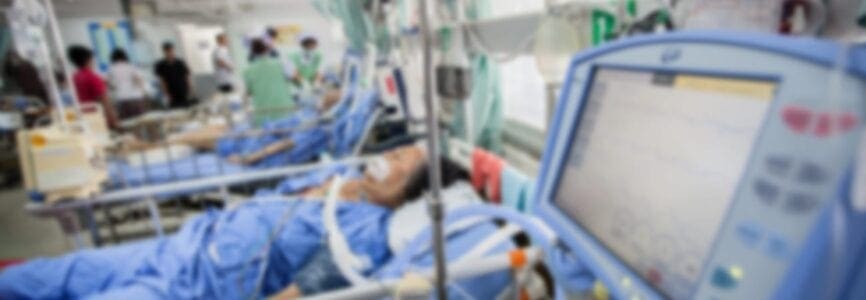

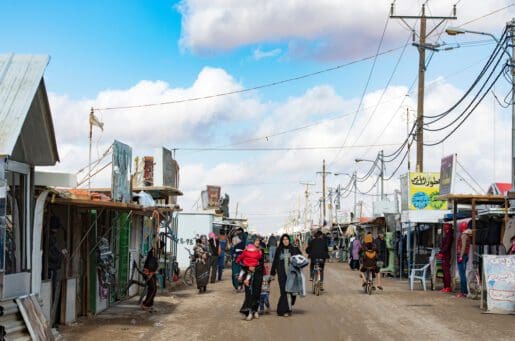

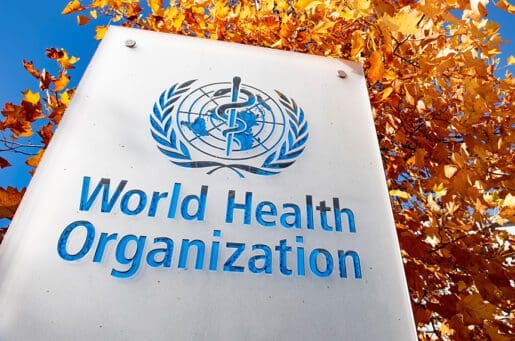
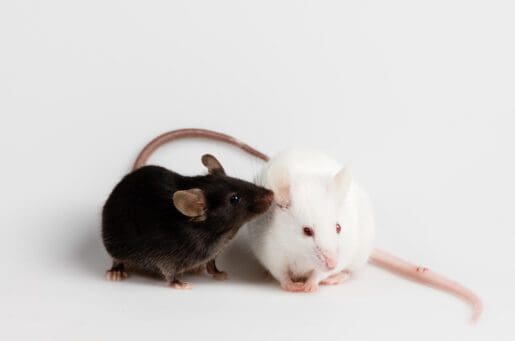

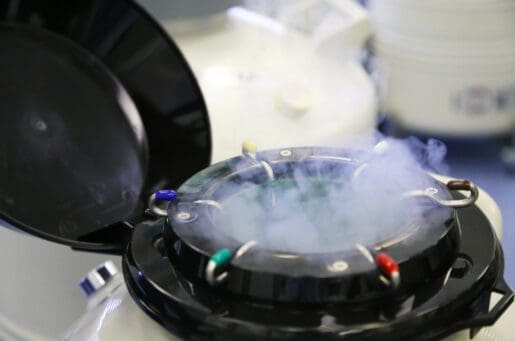



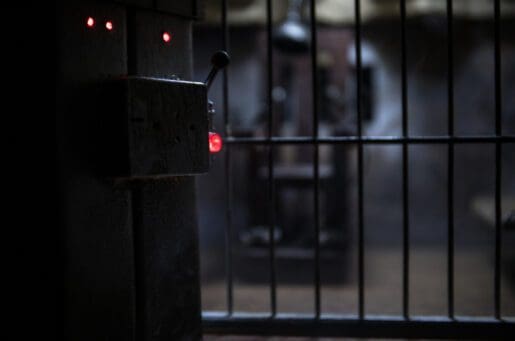

The essay focuses on the value, and to some extent glorifies the innovation opportunity of modifying ventilators, presumably to help lessen the chance that physicians and/or triage committees will need to make tough decisions about resource allocation. The essay is authored solely by physicians which may explain the glaring gap in their argument. The resource that is most often challenged in a pandemic is qualified people to care for those in need. This essay perpetuates the myth that if we just had enough machines or supplies we could avoid those tough triage decisions. Nowhere in the framework proposed by the authors is there any consideration for the manpower resources necessary to consider such a system. IF we ever went to such a system it would depend on enough skilled respiratory therapists and nurses to care for the patients. Implementing such a system would push clinicians even harder to do more with less, at a time when we know burnout is real and during surges, it is people that are consistently needed. Clinicians are already pushing themselves to and in some cases beyond the breaking point.
There was never a shortage of mechanical ventilators in the US- according to the AARC there were well over 185,000 ventilators available. There is no documented instance of a patient that was denied the use of a ventilator. The MIT improvised ventilator project was absurdly amateurish.
The AARC, CRNA, and the Critical Care Society issued a joint statement condemning the mad rush for modify complex medical devices with little or no forethought.